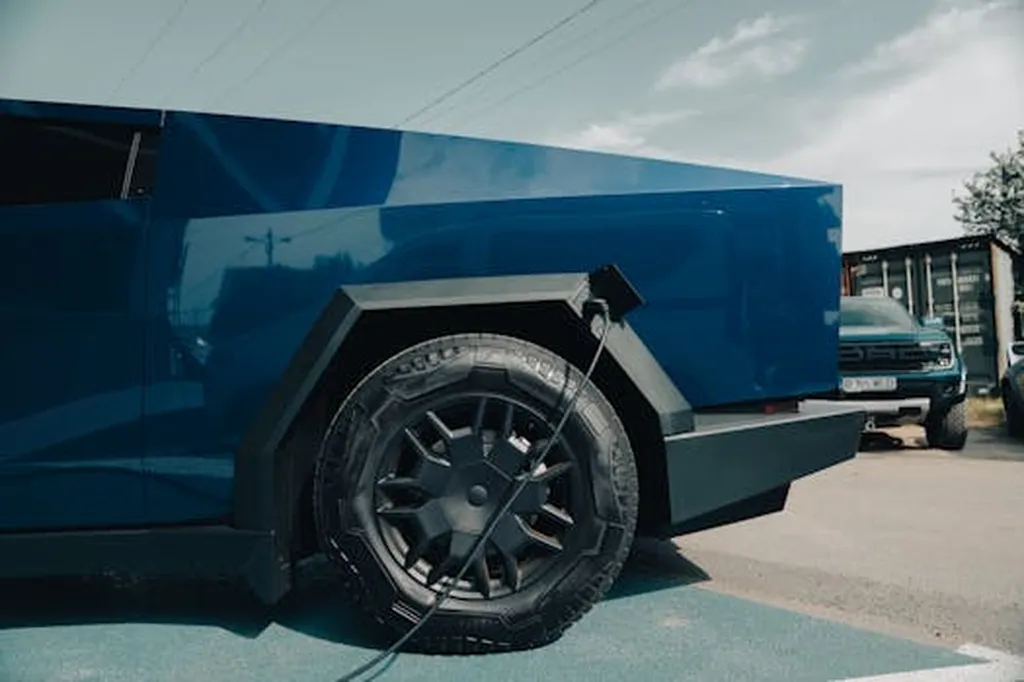In the heart of Bucharest, Romania, researchers at the National University of Science and Technology POLITEHNICA are reimagining how wind power can be harnessed and utilized, particularly in urban environments where space is at a premium. Victor Constantin, a researcher at the Faculty of Mechanical Engineering and Mechatronics, has led a team that designed and tested a mechatronic test bench capable of converting wind power into thermal energy using a hydraulic transmission system. Their work, published in the journal *Technologies*, offers a glimpse into a future where small-to-medium consumers could benefit from decentralized, space-efficient wind power solutions.
The team’s innovative approach involves using a rotor flux control (RFC) speed-controlled 2.2 kW AC motor to simulate the action of a wind turbine on a compact hydraulic pump. This setup allows for a significantly smaller and lighter turbine installation compared to traditional wind turbines, making it ideal for densely populated areas where large turbines are impractical. “The key advantage of our system is its scalability and adaptability to urban environments,” Constantin explains. “We can generate thermal power from wind energy without needing the vast open spaces typically required for wind farms.”
The test bench uses historical wind power data to generate thermal power, with initial results showing hydraulic oil temperatures reaching up to 60 °C over a 30-minute period. These findings confirm the system’s functionality and open doors to further exploration of its potential applications. “Our next steps involve studying the impact of different wind patterns on the setup and developing a detailed use case for the system,” Constantin adds. “This could revolutionize how we think about wind power in urban planning and energy distribution.”
The implications for the energy sector are profound. By decentralizing wind power generation, this technology could reduce reliance on large-scale wind farms and grid infrastructure, potentially lowering costs and increasing energy resilience for communities. “Imagine a future where every building, regardless of its size, could harness wind energy to meet its thermal needs,” Constantin envisions. “This could be a game-changer for urban sustainability.”
As the world continues to seek innovative solutions to the challenges of renewable energy integration, Constantin’s research offers a promising path forward. By bridging the gap between wind power and thermal energy, this mechatronic test bench could pave the way for more flexible, efficient, and sustainable energy systems. The journey is just beginning, but the potential is immense, and the energy sector is watching closely.

